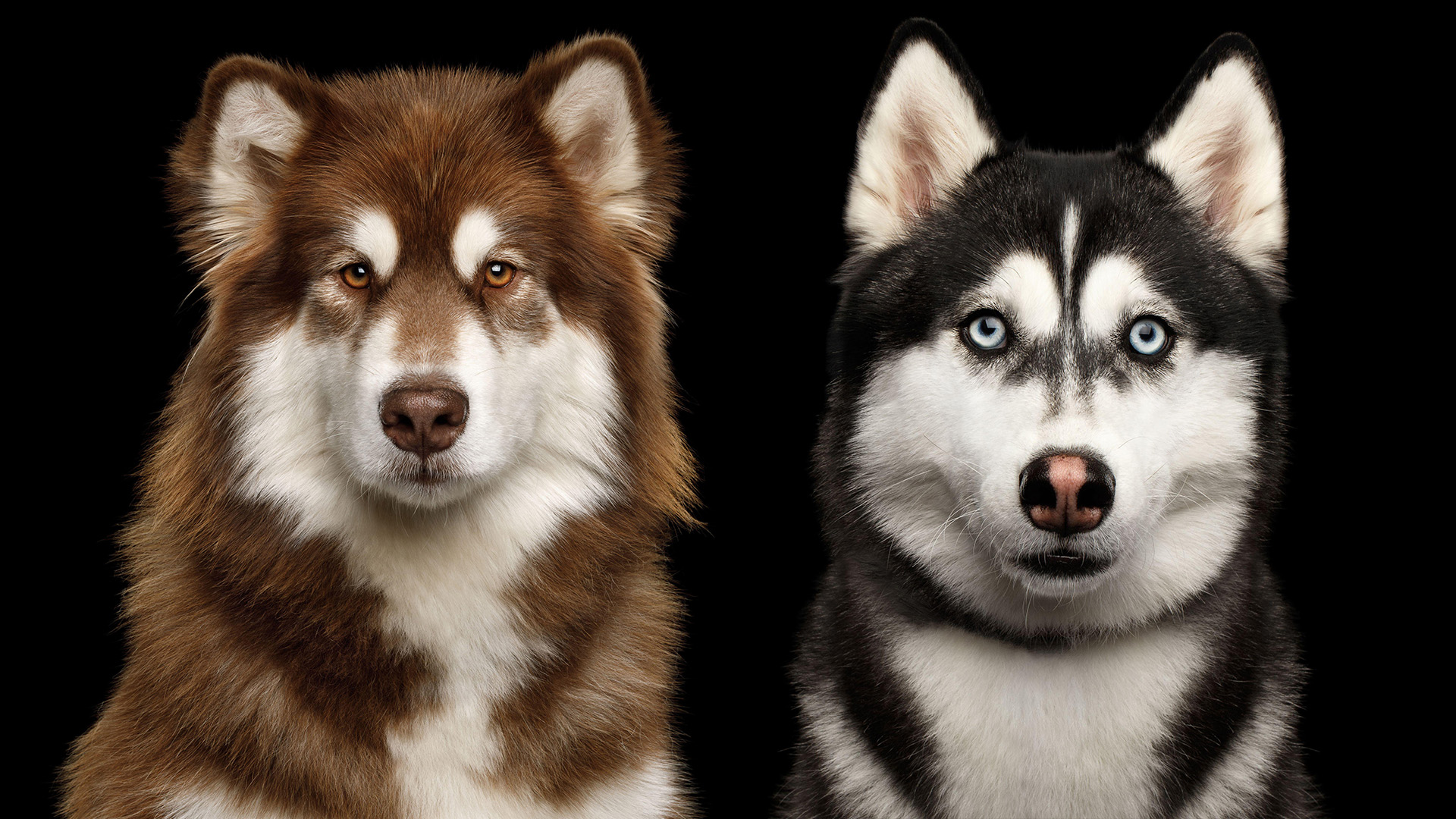
If you're searching for a dog breed that will thrive in the cold, you may be looking to compare the Siberian Husky vs Alaskan Malamute.
It may be difficult to differentiate or choose between these two breeds as, in many ways, they are pretty similar. Both were bred for pulling sleds in cold weather and tons of snow. The major difference is that Siberian Huskies were built for speed and the Alaskan Malamutes were built for pulling heavy loads.
Both of these breeds are super-friendly, loyal to a fault and very loving with their owners.
Vet Dr Rebecca MacMillan also gives her expert opinion on what to know about each breed. Now let's get into all the ins and outs of these fluffy breeds.
Siberian Husky vs. Alaskan Malamute: Size
While the Siberian Husky and Alaskan Malamute may look matched in size, there are some definite differences. They both can reach the same height of about two feet tall, but the real difference in their weight.
Siberian Huskies weigh between 35-60lbs and Alaskan Malamutes can weigh anywhere from 75 to more than 100lbs.
Siberian Husky vs. Alaskan Malamute: Appearance
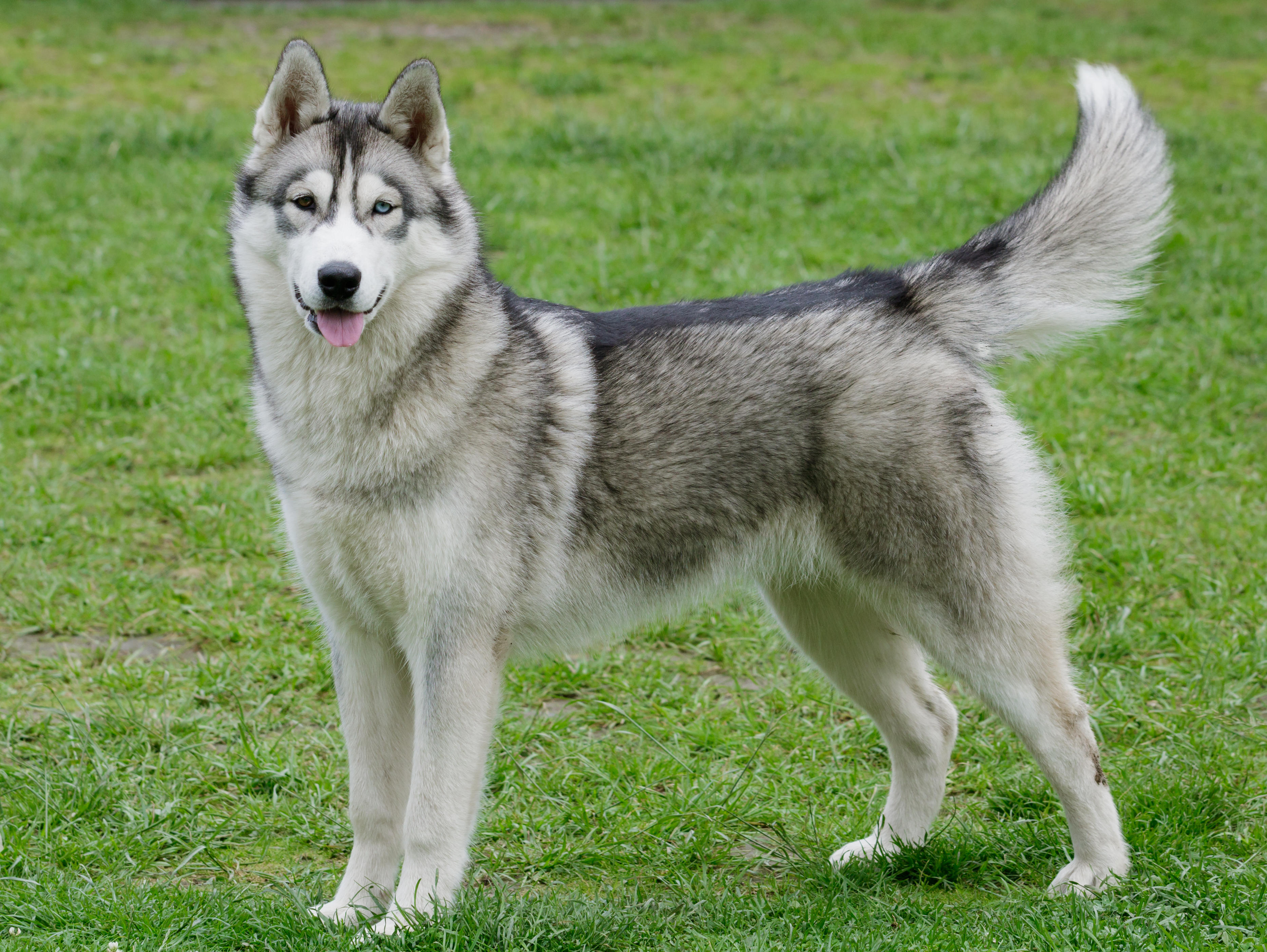
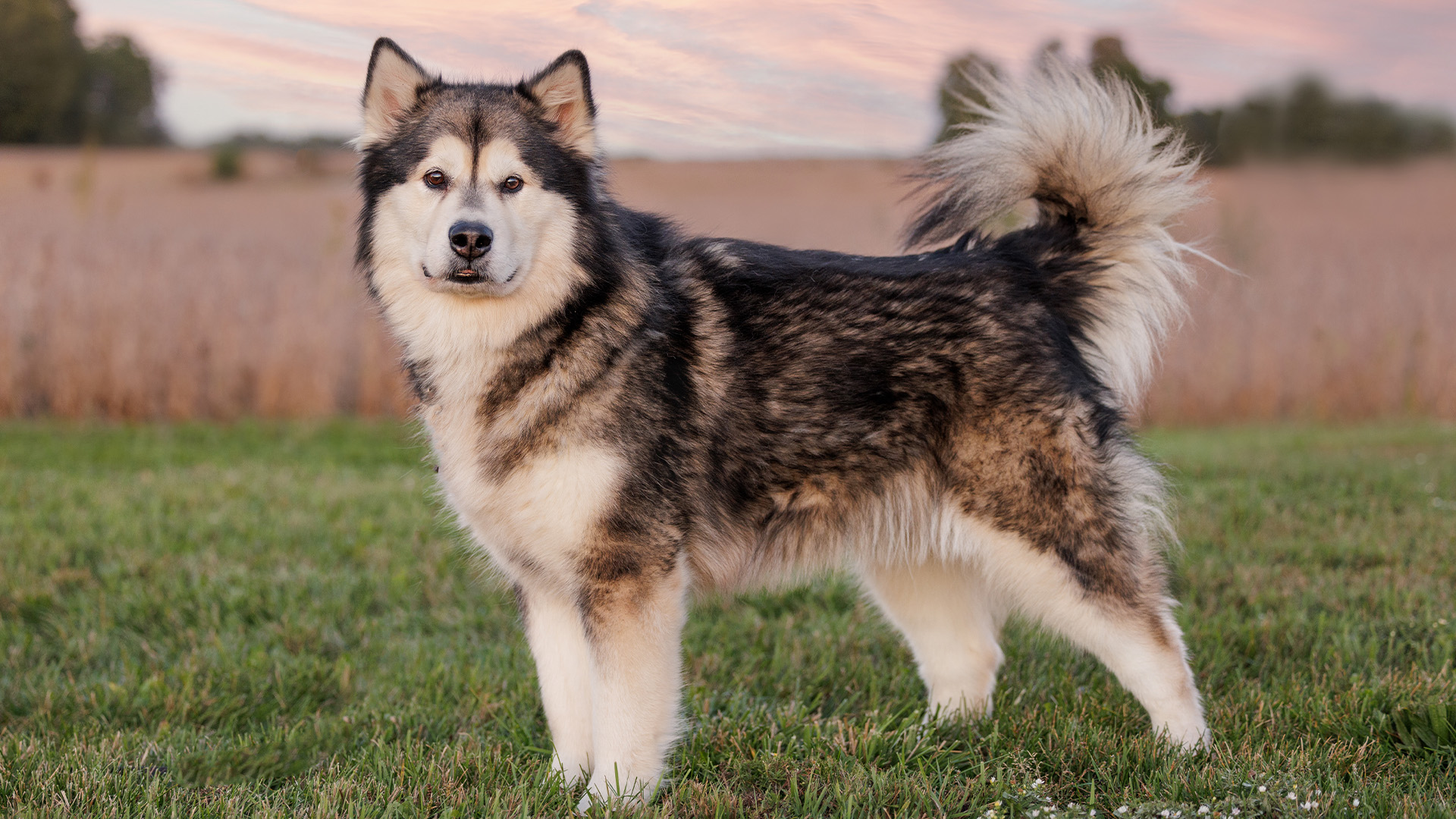
You wouldn't be the first person to confuse a Siberian Husky for an Alaskan Malamute or vice versa. At a quick glance they look pretty similar, but the real tell is their size.
Malamutes are heftier and more muscular, while Siberian Huskies have a sleeker and leaner build.
Siberian Husky vs. Alaskan Malamute: Trainability
When it comes to intelligence, both of these dogs come neck and neck. While Huskies are typically thought of to be one of the smartest dog breeds, Alaskan Malamutes are do pick up new skills and tricks quickly.
Dr. MacMillan adds, "These breeds are very intelligent and will pick things up with consistent, positive reinforcement. They require lots of mental stimulation to keep their brains busy and plenty of training is a good way of doing this. Obedience classes can be helpful too."
Siberian Husky vs. Alaskan Malamute: Exercise
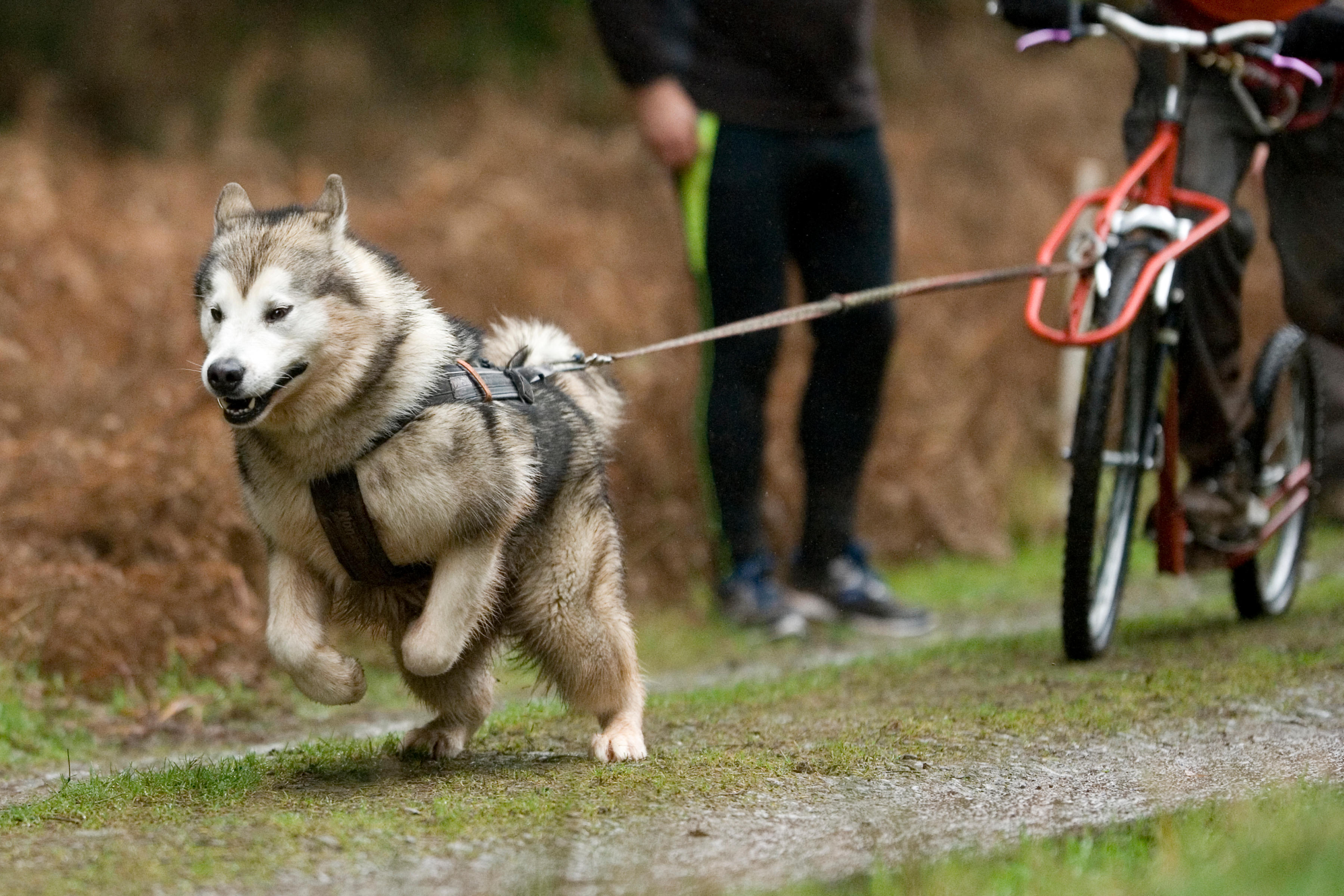
As we mentioned, both of these breeds were bred for pulling sleds. So it may come as no surprise that they have high exercise needs.
"Both Siberian Huskies and Alaskan Malamutes are working breeds that need at least two hours of physical exercise each day," says Dr. MacMillan.
Siberian Huskies are more agile and would prefer running. Alaskan Malamutes are one of the best dogs for hiking, and love going for big walks or even a swim!
Whichever activity you choose, be sure that you are getting the recommended amount of exercise each day to keep them happy and healthy.
Siberian Husky vs. Alaskan Malamute: Grooming

Huskies and Malamutes have a few differences between their coats. While both breeds have thick double coats to keep them warm, the coats of Siberian Huskies are a bit shorter, sleeker and softer. Their shorter coats help with temperature regulation and they still shed pretty regularly throughout the year.
Alaskan Malamutes have a much thicker, denser coat. They also shed heavily year-round. You may also find that their coats are not as soft as a Husky. The Malamute's coat is designed to keep them warm in extremely cold temperatures, making them one of the best dog breeds for cold climates.
Each breed will require regular grooming with one of the best dog brushes to keep their coats healthy and looking their best.
Siberian Husky vs. Alaskan Malamute: Health
Both are these breeds are prone to some of the same health conditions. One of the most common illnesses that dogs can get is eye problems, and both of these breeds are especially prone to this.
Hip dysplasia is also something to keep in mind with both Siberian Huskies and Alaskan Malamutes.
"This genetic joint abnormality can stop the hip joint from developing properly, leading to painful lameness," says Dr. MacMillan.
Alaskan Malamutes can also suffer from chondrodysplasia, a form of dwarfism. Hypothyroidism, a condition that targets the metabolism and can lead to weight gain, changes in coat, and lethargy can also be common in Malamutes.
Dr. MacMillan advises, "Purchasing your puppy from a reputable breeder, that carries out all of the available health screens, will increase your chances of having a healthy dog."
Siberian Husky vs. Alaskan Malamute: Owner suitability
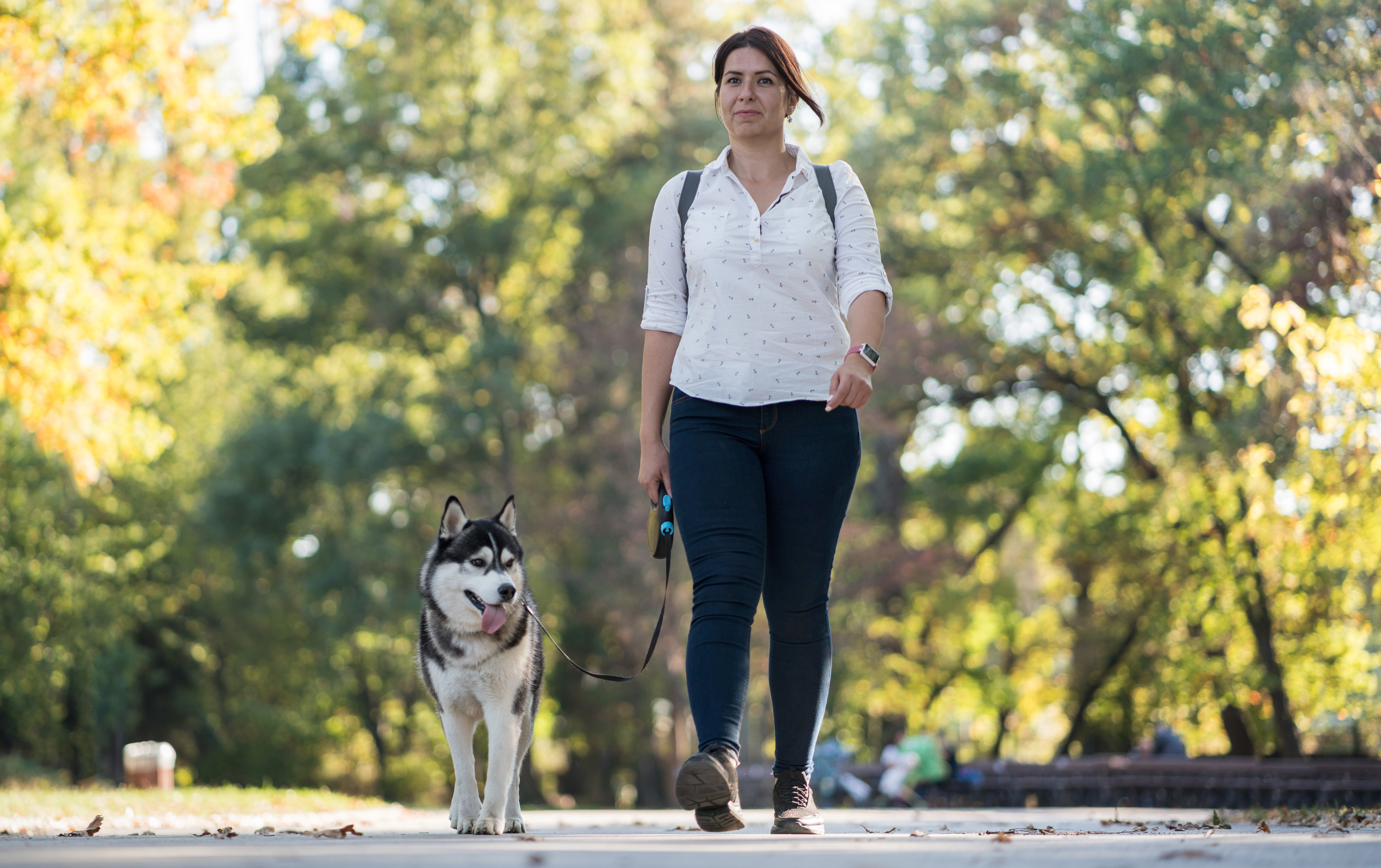
It can be said that both of these breeds are high-maintenance dogs. Due to their exercise needs, moderate to heavy year-round shedding and high energy levels they are suited to more experienced owners.
Malamutes can be more stubborn than Huskies, but they can still be trained with positive reinforcement and patient owners.
That's not to discourage first time dog parents, you can absolutely be a great dog parent to either breed. You will just want to be sure you can provide the daily mental and physical stimulation each breed needs.
Enjoyed this feature? Check out: Golden Retriever vs Labrador
Edited by Georgia Guerin and Megan Milstead.







